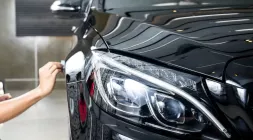Types of Cars Based on Transmission
Read to know different types of automatic cars based on transmission.
Along the developing number of autos that have to enter the global auto market, one can't resist the opportunity to see the surge of cars with automatic transmission. What was before a selective element offered in the top of the line autos is today a typical offering in vehicles crosswise over different options.
Though automatic transmissions began as basic gear shifting mechanisms are known for just under superb fuel economy, studies and developments have elevated automatic transmission for cost management and functionality as the choice transmission. This article from Philcarnews.com will highlight the different types of cars based on transmission.
1. What makes the Automatic Transmission (AT) a stand-out choice?
Automatic Transmission (AT) is a sort of engine transmission that can consequently switch gear proportions as the vehicle moves, liberating the driver from changing gears physically. Like other transmission processes on autos, it permits a combustion motor set internally to appropriately run at a moderately high rotational speed, to give a scope of torque and speed yields vital for the vehicle journey.
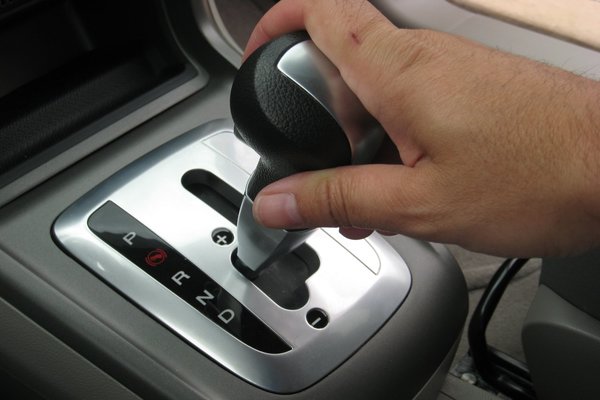
Automatic Transmission can consequently switch gear proportions as the vehicle moves
Swifter gear shifts than manuals have made a few manufacturers drop the stick as a possibility for the next auto showcases, depending on the computer and a heap of sensors to choose ideal purposes of downshifts and upshifts. Likewise, more intelligent PCs and sensors have made automatics that organize less power and appropriate rigging determination for greatest savings from lesser fuel consumption.
2. Types of Automatic Cars According to its Transmission
On the surface, automatic transmissions may appear to be limited to automatic gear placement, yet there are other variations in almost all vehicle types. Let us look at each type and emphasize its characteristics and learn something and more about its applications.
2.1. Automatic Manual Transmission
These programmed "automatic" vehicles, also known as Semi-automatic Transmission were built out of the pure necessity of making automatic autos more price appropriate and eco-friendly for individuals. Some of the popular cars having an automatic manual transmission are the Suzuki Alto and Swift Dzire.
It's not basically a clutch-less gearbox, yet rather a manual transmission that encourages adapt changes without the requirement for you to press the grip. This expels the issue of utilizing a clutch, which is useful particularly in rush hour and traffic.
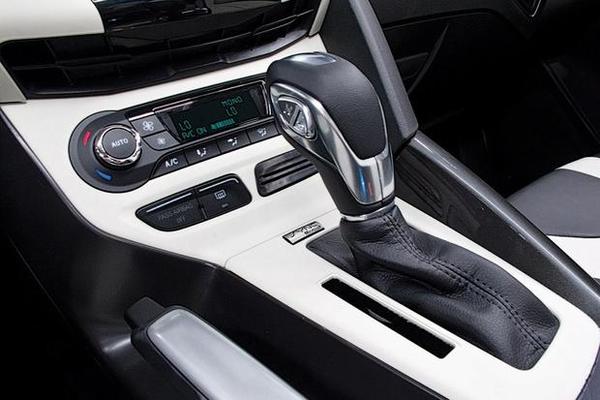
Some of the popular cars having an automatic manual transmission are the Suzuki Alto and Swift Dzire
All the same, they can likewise be moved manually (however still without the driver utilizing a clutch) by means of a customary gear switch or guiding segment mounted "paddles." Automatic manuals are more proficient than ordinary automatics in light of the fact that there's no "slip" of a torque converter and no misfortunes from driving a hydraulic pump interiorly.
2.2. Torque Converter Automatic
This broadly used traditional automatic transmission can be found in pretty much every vehicle. This transmission utilizes a torque converter or a hydraulic liquid coupling to carry out the responsibility of switching gears rather than a clutch. The engine control unit is straightforwardly associated with this system to permit smooth and exact motor control of the vehicle.
The transmission itself ordinarily contains a few arrangements of gears, and the diverse acceleration is picked by connecting electronically controlled, using a clutch that's worked by a pressurized hydraulic pack. Most prior automatics worked similarly yet didn't have the same number of speeds and needed electronic controls.
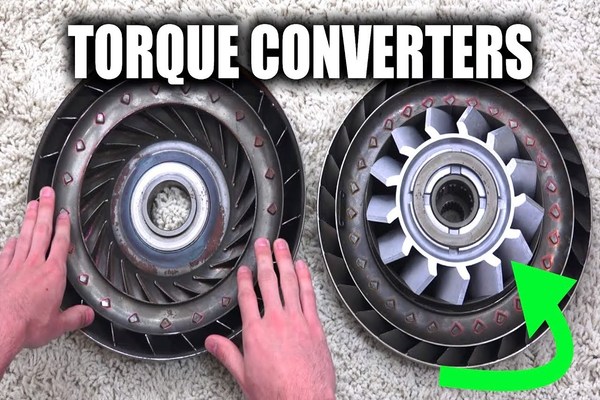
This transmission utilizes a torque converter or a hydraulic liquid coupling to carry out the responsibility of switching gears rather than a clutch
Traditional automatics will, in general, be exceptionally smooth in a task—both after beginning from a stop and in apparatus changes—yet lose some productivity (and along these lines efficiency) because of the slight "slip" of the liquid filled torque converter and driving the hydraulic pumps that control the clutch. Branded autos that use torque converter automatic transmission are Hyundai Creta and Hyundai Tucson.
2.3. Dual Clutch Transmission (DCT)
An automatic and manual transmission combination, a dual clutch transmission does not contain a torque converter. Alternatively, it uses different and separate shafts for odd and even numbered gears, with its own clutches for changing gears. The shifting from higher to lower gears is seamless, however, they can get boisterous and can move generally after wear.

A dual clutch transmission does not contain a torque converter
Dual Clutch Transmission (DCT) does not require frequent changing of liquid gearbox since it is a dry transmission. It maintains the dryness of the grip and ultimately destroys the frictional quality. The setup of twin-clutch removes the loss by keeping the next gear prepared. It selects the next gear and keeps it running for the gear shift and moves from one gear to the next much faster. Popular examples of DCT include the “Powershift” from Ford Fiesta, Figo and Focus.
2.4. Continuously Variable Transmission (CVT)
The Continuously Variable Transmission (CVT) is the most one of a kind clutch-less gearbox contrasted with the others we referenced previously. Mind you, it isn't the best however just the most one of a kind and I state this on the grounds that while other transmission units accompany a specific number of gears that need to up moved to continue accelerating, a CVT auto doesn't have diverse riggings like that.
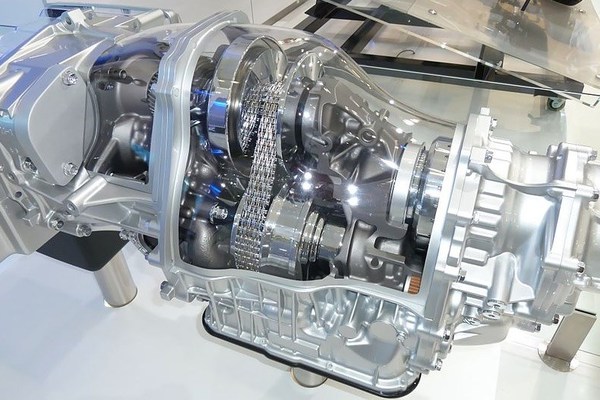
The Continuously Variable Transmission is the most one of a kind clutch-less gearbox
Under energetic quickening, for instance, the motor revs up to where it delivers the most power and is kept there while the transmission continually acclimates to the speeding of the vehicle. Under traveling conditions, the transmission can modify for little changes in street speed while the motor is kept at a reliable speed for best efficiency. A constraining component is that in light of the fact that CVTs depend on grinding between the belt and the pulleys, they haven't yet been intended to deal with a great deal of intensity.
Currently, the CVT unit with the highest horsepower is in Nissan Maxima. Other branded CVT units are Honda City and Jazz and Maruti Suzuki Baleno.
3. The Takeaway Note
In spite of the fact that the four kinds of automatic transmissions — ordinary, automatic manual, DCT and CVT — all work without a clutch pedal and are ready to move for themselves, they each display somewhat unique driving attributes.
Automatic manuals are regularly credited with around a 10-percent expansion in efficiency. What's more, they're normally better from an execution angle, as there's less power failure through an automatic manual, and when speeding up very hard, they are regularly faster to upshift into the next rigging. The goal of a CVT is to make the transmission have a large portion of the changes important to keep up various street speeds while giving the motor a chance to turn at a genuinely consistent speed—which results in around 10 percent better mileage.
Here you go, choose the best automatic car that will best suit you and your lifestyle - well, of course, including the budget.
>>> Click to get more helpful tips and advice for all car owners
Tag:
car transmissionsRECENT ARTICLES


